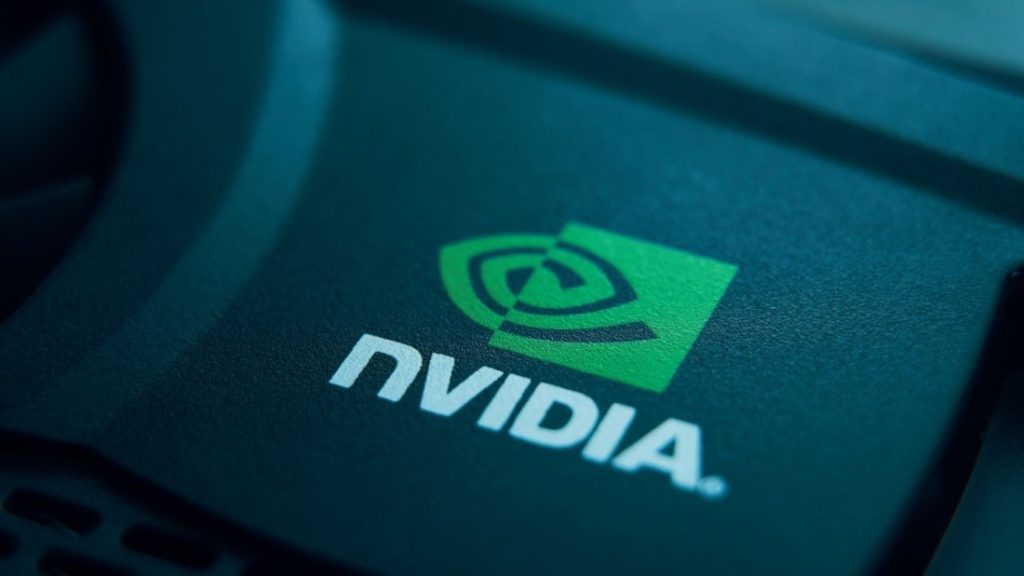
With Nvidia’s introduction of GROOT, a multi-modal AI platform designed to operate humanoid robots using advanced AI, the company is elevating the capabilities of automated robots.
The chip giant unveiled its latest innovation during the GTC 2024 conference, highlighting its ability to create basic models enabling humanoid robots to take texts, speech, videos, or even live presentations as inputs and process them to take specific general actions.
Developed using the tools from the Isaac Robots platform, including the new Isaac Lab for reinforcement learning, GROOT’s Adobe represents a significant step forward regarding the creation of general-purpose robotic models.
For his part, Nvidia’s CEO, Jensen Huang, stated that establishing general-purpose robotic models is currently one of the most thrilling challenges in the field of AI. He also mentioned that various technologies are coming together to allow top robotic scientists worldwide to take significant strides towards developing general AI robotics.
In order to help companies, Nvidia released its Jetson Thor chip dedicated to humanoid robots. The U.S. based company has also made significant progress related to the development of industrial processing arms powered by AI, as well as robots capable of navigating unstructured environments.
According to the company, its newest product, GROOT, is designed to understand natural language texts, speech, videos, and live presentations, allowing it to stimulate human movements and produce general actions to navigate, adapt and interact with the real world.
Not only does this enhance the capabilities of humanoid robots, but it also makes their development and deployment much easier. While using text and live presentations as inputs, anyone can program robots if relevant accessibility is provided.
During the conference, Huang showcased several humanoid robots that are powered by GROOT and that complement a variety of tasks, including those from Agility Robotics, Apptronik, Fourier Intelligence, and Unitree Robotics.
Nvidia also introduced the Jetson Thor computing platform for humanoid robots to test their ability to operate complex multi-modal models. This platform is powered by the Jetson Thor chip and features high-performance central processing units and next-generation graphics processing units based on the Blackwell architecture. It includes a transformer engine that delivers up to 800 teraflops of AI performance.
Inside Telecom provides you with an extensive list of content covering all aspects of the tech industry. Keep an eye on our Tech sections to stay informed and up-to-date with our daily articles.